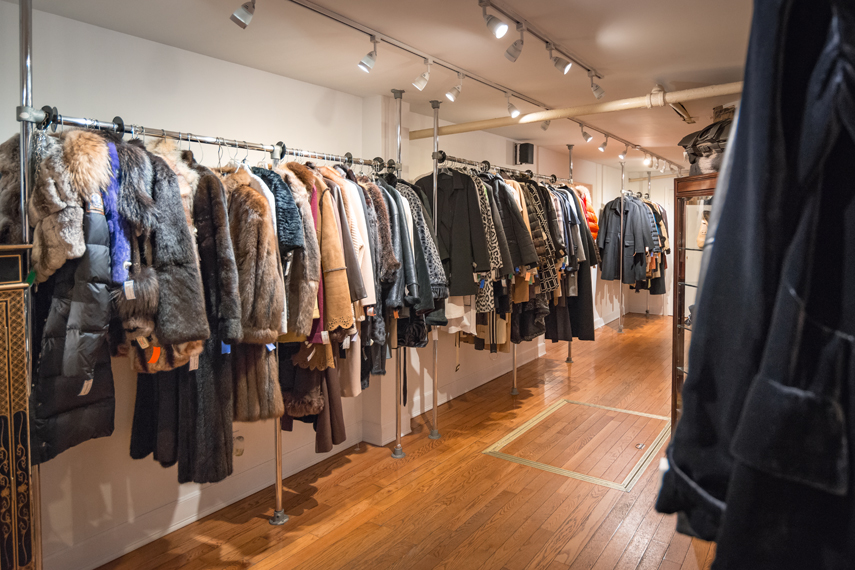In a world where fast fashion dominates the market, the concept of reviving wardrobes through upcycling and recycling has gained momentum, particularly in the realm of children’s fashion. From transforming old t-shirts into trendy new outfits to giving worn-out garments a fresh lease on life, the possibilities are endless. This article explores the growing trend of sustainable fashion in the world of children’s clothing and how parents and designers alike are embracing the benefits of upcycling and recycling to create stylish and eco-friendly wardrobes for the little ones.

Reviving Wardrobes: A Sustainable Approach to Children’s Fashion
In today’s fast-paced world of fashion, it’s easy to get caught up in the cycle of constantly buying new clothes for our children. But what if there was a more sustainable approach to children’s fashion that not only helps the environment but also encourages creativity and individuality? That’s where upcycling and recycling come into play.
Upcycling is the process of transforming old or unwanted items into something new and trendy. By taking a piece of clothing that may be outdated or no longer fits and revamping it into a fresh, stylish garment, you not only reduce waste but also save money. Whether it’s adding patches to a pair of jeans or turning an old t-shirt into a cool crop top, upcycling allows children to express their unique style while being environmentally conscious.
Recycling, on the other hand, involves taking old clothes and textiles and breaking them down to create new fabrics. This process reduces the amount of resources needed to produce new clothing and helps divert textiles from landfills. By donating old clothes to textile recycling programs or repurposing them into new garments, you can help close the loop on fashion waste and promote a more sustainable future for our children.
In the table below, you can see some creative upcycling ideas for children’s clothing:
- Patchwork: Cut out small fabric squares from old clothes and sew them together to create a colorful patchwork design on a plain t-shirt or jeans.
- Embroidery: Add a touch of whimsy to plain garments by embroidering cute designs, such as flowers or animals, onto the fabric.
- Tie-dye: Give old t-shirts a boho-chic vibe by tie-dyeing them in bright, cheerful colors.
By encouraging children to participate in the upcycling process, they can learn valuable skills such as sewing and creativity, while also fostering a sense of environmental responsibility. Not only does upcycling help reduce textile waste, but it also gives old clothes a second chance to shine in a new and exciting way.
Embracing Ethical Practices in Children’s Fashion Industry
As we strive towards embracing ethical practices in the children’s fashion industry, one of the key principles that we are focusing on is upcycling and recycling. By reviving wardrobes through creative and sustainable methods, we are not only reducing waste but also teaching our children valuable lessons about environmental responsibility.
Through upcycling, we can transform old and unused clothing items into new and trendy pieces that children will love to wear. This not only gives a unique touch to their wardrobe but also helps to minimize the impact on the environment. By encouraging upcycling in the children’s fashion industry, we are promoting creativity, resourcefulness, and sustainability.
Benefits of upcycling and recycling in children’s fashion:
- Reduces waste and landfill contribution
- Promotes creativity and individuality
- Teaches children about sustainable practices
Tips for Parents on Implementing Upcycling and Recycling in Kids’ Wardrobes
Looking to spruce up your children’s wardrobe while also being eco-conscious? Implementing upcycling and recycling techniques into your kids’ fashion choices can be a fun and sustainable way to breathe new life into old clothes. Here are some tips for parents on how to get started:
- Get Creative with DIY Projects: Encourage your kids to get involved in upcycling by transforming old clothes into something new and exciting. Whether it’s adding patches, embroidery, or tie-dye, the possibilities are endless!
- Host a Clothing Swap: Organize a clothing swap with friends or family members to exchange gently used clothes. This is a great way to update your kids’ wardrobe without spending a dime, while also reducing textile waste.
- Shop Secondhand: Explore thrift stores and online resale platforms for unique pieces that can be repurposed or given a second life in your child’s closet. Not only will you save money, but you’ll also support sustainable fashion practices.
By incorporating upcycling and recycling into your kids’ wardrobes, you can teach them the value of sustainability and creativity, all while reducing your environmental impact. So, roll up your sleeves, grab some scissors and thread, and get ready to revamp your children’s fashion in a stylish and sustainable way!
In conclusion, upcycling and recycling in children’s fashion not only gives new life to old clothing, but also helps to reduce waste and promote sustainability. By reviving wardrobes through creative and innovative methods, we can instill valuable lessons in our little ones about the importance of caring for our planet and fostering a more conscious approach to fashion. So let’s get inspired, roll up our sleeves, and start transforming our children’s wardrobes into a playground of eco-friendly style. Together, we can make a positive impact for today and for future generations to come. Let’s fashionably save the planet, one stitch at a time.
